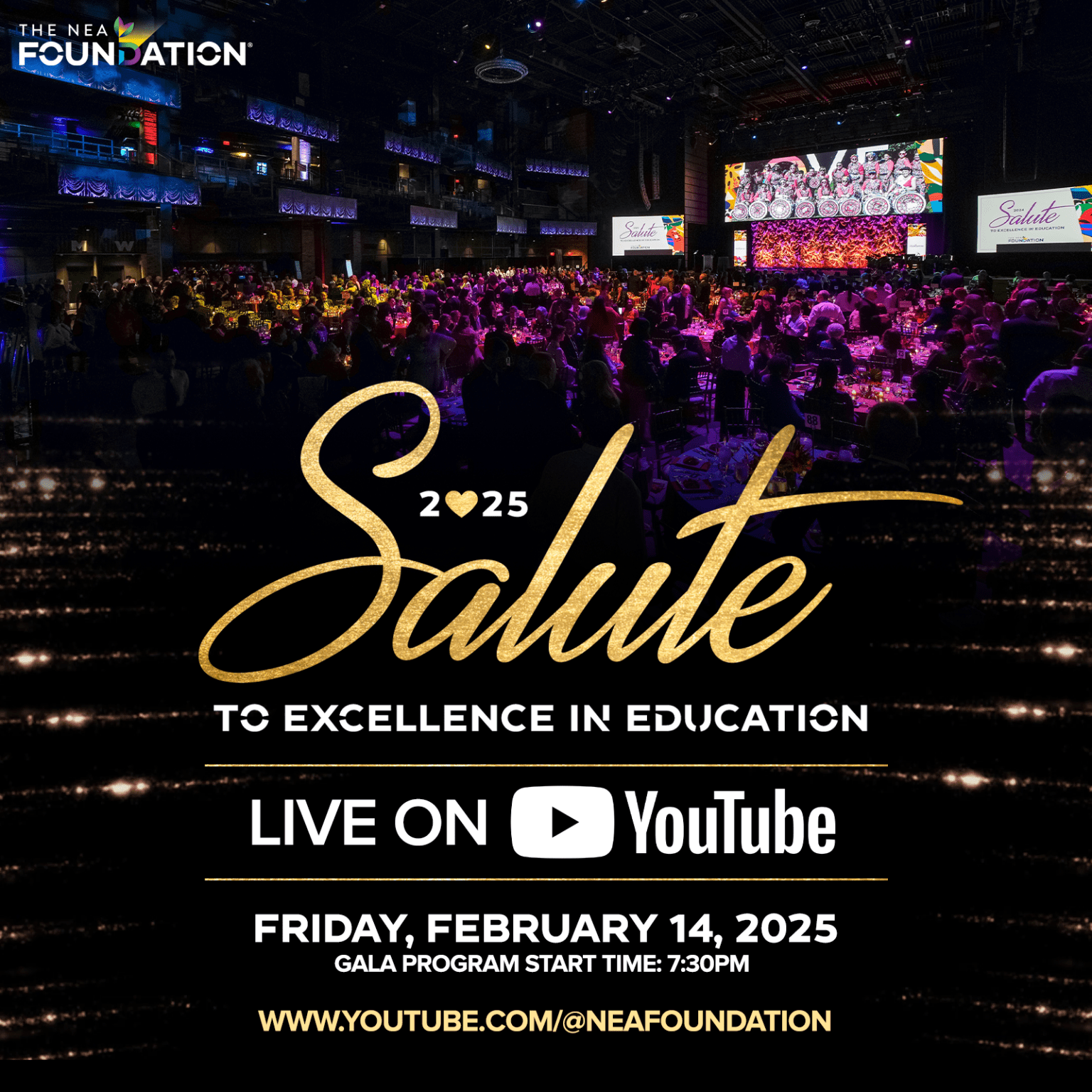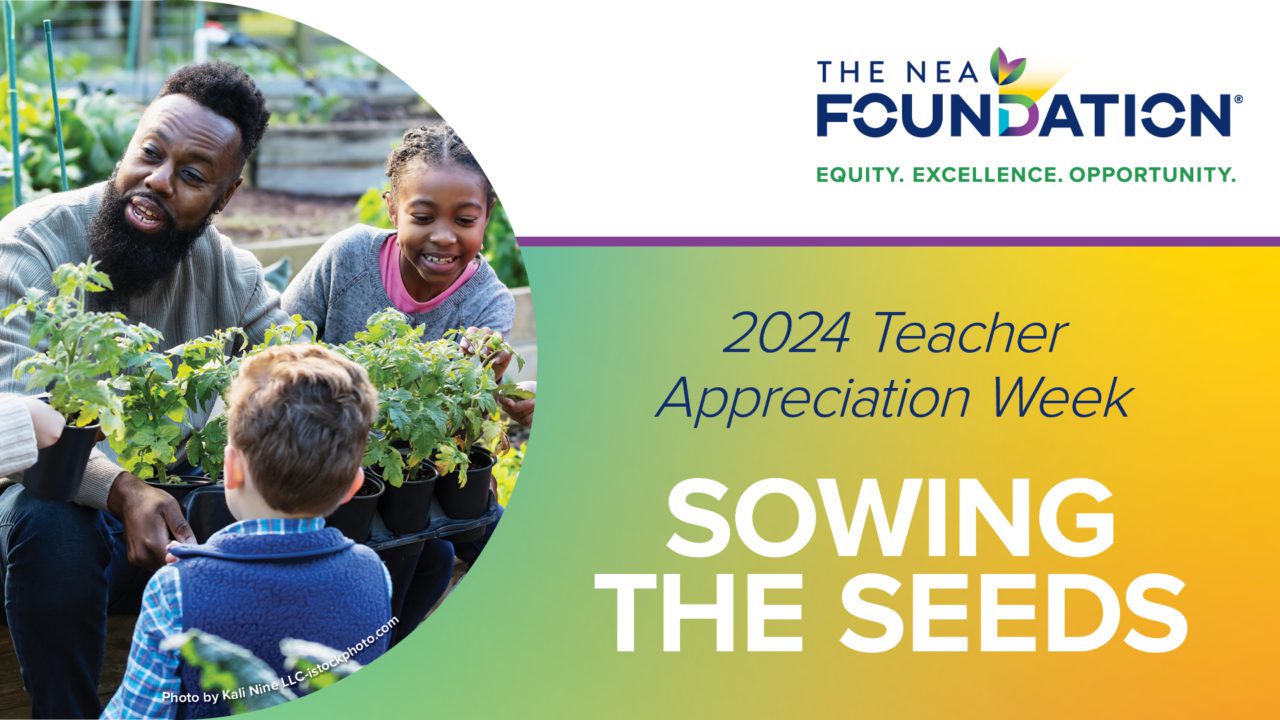
This blog series features the NEA Foundation Global Learning Fellows, a cohort of public school educators who participated in a year-long supported professional development learning experience to build global competency skills. The fellowship included international field study and resulted in a set of global learning unit/lesson plans and curriculum that are available to all educators online. This blog post features Nanette Lehmann, a Class of 2014 NEA Foundation Global Learning Fellow and educator at Haines Elementary School in Baker City, OR.
Download the global lesson plan on BetterLesson.com.

As an elementary teacher, it’s my responsibility to lay a solid ground work for reading, writing, and mathematics for my second grade students. Research claims if students are not reading proficiently by third grade, the likelihood of them becoming proficient readers is slim. With that being said, my instructional focus left minimal room for social studies and science content, let alone experiential learning.
I naively believed if I had some culturally-diverse literature or posters with students from other parts of the world proudly displayed in my classroom, I was exposing students to cultures around the globe. We read stories about children in other countries with discussion around similarities and differences. Unfortunately, my instruction provided minimal connection to life outside the borders of the United States.
The honor of being recognized as a 2014 NEA Foundation Global Learning Fellow changed my perspective on teaching rather than exposing global competency. In preparation for the trip to China, I began investigating how to share the experience with my students during the limited instruction time we have to teach all our content standards.
The unit of study I developed, “Historical Leaders,” enabled me to interweave content standards and global awareness. Elementary students are expected to learn about historical figures, the symbols representing those historical figures and to compare and contrast past and present situations, people, and events in neighborhoods and communities. This unit of study allows students to investigate the comparison between U.S. historical leaders and the First Emperor of China.
By simulating experiential learning with the inclusion of children’s books, imagery and internet research, students explore the association of the symbols representing past leadership and the diverse cultural philosophies for remembering political leaders. A performance task is presented at the end of the unit fostering a self-reflection project for students to establish the most effective leadership disposition they might possess with a symbol created in their memory.
Making memories is imperative for learning to be retained. In this unit, terracotta brick excavations are a great simulation to give students a taste of the archaeological process, and warrants opportunities for students to make connections to the varied leadership cultures of China in comparison to the United States.
At the conclusion of the school year, I asked my students to make a mural of all the things they learned throughout the year. A passer-by would have assumed my classroom instruction consisted primarily of China. Students drew Chinese characters, terracotta warriors, hillsides with hidden tombs, farmland unable to grow do to the undiscovered army hidden sixteen feet below the surface representing the power of one man, and the Great Wall of China constructed to protect kingdoms. This unit of study opened a window into another culture that would never have been opened had I not been motivated to close the global competency gap plaguing our adopted curricula.








